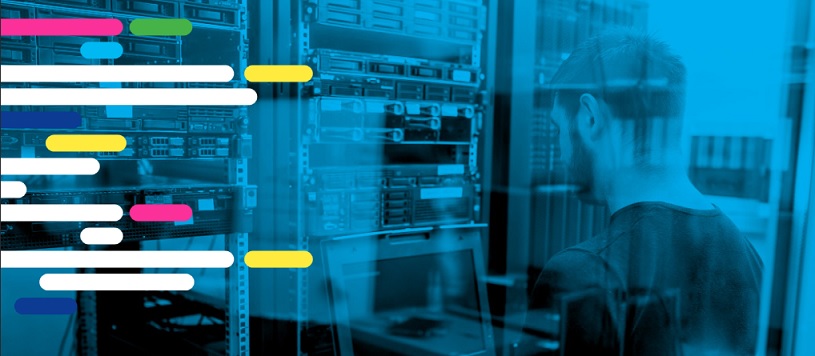IDG’s Network World released the 2020 State of the Network research report, which offers rich insights into customer adoption plans for high-profile emerging technologies like SD-WAN, software-defined networks (SDN), 5G, Internet of Things and network function virtualization. The report also explores buyer concerns, as well as obstacles to the deployment of these networking tools, which have taken on even more importance as organizations strive to support more remote work amidst the coronavirus crisis.

"IT and network decision-makers are actively searching for leading solutions and tech partners in emerging areas such as 5G, SD-WAN and edge," said Andrea D’Amato, SVP, IDG Communications, Inc. "The current demand to support remote workforce technologies dovetails with these key areas as companies aim to stay competitive and relevant in today’s environment."
Connecting with 5G
5G wireless is an umbrella term used to describe a set of standards and technologies for a radically faster wireless internet with 120 times less latency than 4G, setting the stage for IoT networking advances and support for new high-bandwidth applications. Businesses and their network decision-makers see 5G as a means to rapidly speed their business as 5G availability increase across the US. While only 8% of organizations have 5G in production, 51% are researching this technology and 8% are in the piloting stage. Seventy percent of organizations plan to adopt 5G over the next three years. There are multiple reasons that 5G adoption is so appealing, including capabilities around broadband mobile, IoT connectivity, and branch/remote site connectivity. Over one-third of survey participants see 5G replacing their wired infrastructure.
Yet, there are roadblocks that are not just a challenge, but render 5G unusable, particularly for the 69% citing lack of service in their specific area. Other factors that prevent adoption include security, cost, device support and current infrastructure not ready to handle 5G. The current pressure that telecommunications companies feel to provide outstanding service to their customers during COVID-19 may fast-forward 5G adoption. According to a large telecom provider, there are current plans to increase capital spending on 5G in an effort to accelerate their transition to 5G and help support the economy during this period of disruption.
Investing in Edge Computing
Data continues to drive business decisions and edge computing brings this data closer to where decisions need to be made. Overall, one-quarter of organizations are actively researching this technology, while 13% are piloting new initiatives and 23% already have these tools in place. Network leaders are prioritizing the use of edge computing to reduce network latency, lower operational expenses, and real-time data processing. While only 20% of respondents have already seen a return on their edge computing investments, 55% anticipate an ROI to be realized in the future. Despite the opportunity to drive measurable ROI, security is a significant concern for 77% of networking professionals. This is because devices are not built with security in mind, the need for middleware creates an additional attack surface, and many attack vectors due to heterogenous computing environment.
Status of SD-WAN
As organizations and their customers grow geographically, it is not surprising 71% of organizations are either actively researching or have SD-WAN in production. The potential benefits that networking professionals associate with SD-WAN include improved management and monitoring (52%), increased resiliency (51%), and improved network security (50%). As network decision-makers research vendors, the top capabilities that they are looking for include security, centralized management, and ease of deployment. Like most emerging technologies, 86% of network professionals expect obstacles to SD-WAN implementation, with the two most likely barriers being capital costs and a technology learning curve.
Upgrading the Data Center
Used to house business-critical applications and information, data centers are essential to organizational growth and must be upgraded as technology progresses. The majority (59%) of network professionals say that their data center is undergoing change with the replacement of older technologies for new. At the same time, 30% of organizations have experienced a data center outage in the past 12 months, confirming the need for these data center changes. On average, organizations experienced two outages throughout the past 12 months which took approximately nine hours to fix. This changes by company size, where we see the average time to fix an outage increase to 10 hours for SMBs and decrease to only six hours for enterprises.


